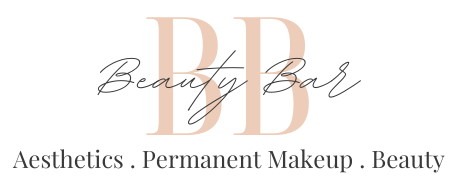SKIN AGING PROCESS
WHAT IS COLLAGEN? THE BUILDING BLOCK OF YOUTHFUL SKIN
Collagen, the most abundant protein in our bodies, plays a crucial role in maintaining the strength, structure, and elasticity of our skin. Understanding the science behind collagen and its role in skin aging uncovers the secrets behind the quest for youthful and fresh skin.
1. Collagen: Collagen is a complex protein that forms a structural framework in various tissues throughout the body. In the context of the skin, it acts as the fundamental building block, providing strength and support to maintain its youthful structure. Collagen fibers are arranged in a pattern, forming a sturdy scaffold that helps hold the skin together.
2. Skin’s Fountain of Youth: Collagen is responsible for the smooth, plump, and firm appearance of youthful skin. It acts as a natural moisturizer, attracting and retaining water molecules, thereby ensuring optimal hydration and suppleness. Additionally, collagen fibers provide essential support to the skin’s delicate structure, helping to prevent sagging and maintaining its elasticity.
3. Collagen Production and Aging: Unfortunately, as we age, the production of collagen in our bodies gradually declines. Starting as early as our mid-20s, this decrease becomes more noticeable over time. The gradual loss of collagen leads to visible signs of aging, such as wrinkles, fine lines, sagging skin, and a loss of overall skin elasticity.
4. Environmental and Lifestyle Factors: Various environmental and lifestyle factors can further accelerate collagen degradation. Exposure to ultraviolet (UV) radiation from the sun (tanning), pollution, smoking, and poor diet can all contribute to collagen breakdown and premature aging of the skin. These external factors generate free radicals that can disrupt collagen fibers, leading to cellular damage and faster aging.
5. The Aging Process: During the natural aging process, collagen fibers become thinner, more fragmented, and disorganized. The decrease in collagen production, coupled with collagen degradation, gradually weakens the skin’s structural integrity. This weakening manifests in wrinkles, loss of volume, and a reduction in overall skin firmness, giving rise to the visible signs of aging we often want to address.
6. The Quest for Collagen Enhancement: Recognizing the important role of collagen in skin aging has led to a multitude of treatments and skincare treatments aimed at stimulating collagen production. From laser therapies and microneedling to collagen-boosting creams and serums, the quest is to replenish and enhance collagen levels, restoring a more youthful, lifted and fresher appearance.
Collagen, the potent protein within our skin, serves as the foundation for a youthful and resilient skin. Its reduction with age contributes to visible signs of aging. Environmental and lifestyle factors make it worse even further. However, the scientific understanding of collagen’s role in skin aging has paved the way for innovative treatments and skincare solutions aimed at restoring and enhancing collagen production. By embracing these treatments, you can start a rejuvenating journey, to achieve a more youthful and radiant appearance. So, embrace the power of collagen and let your skin’s true vibrancy shine through!
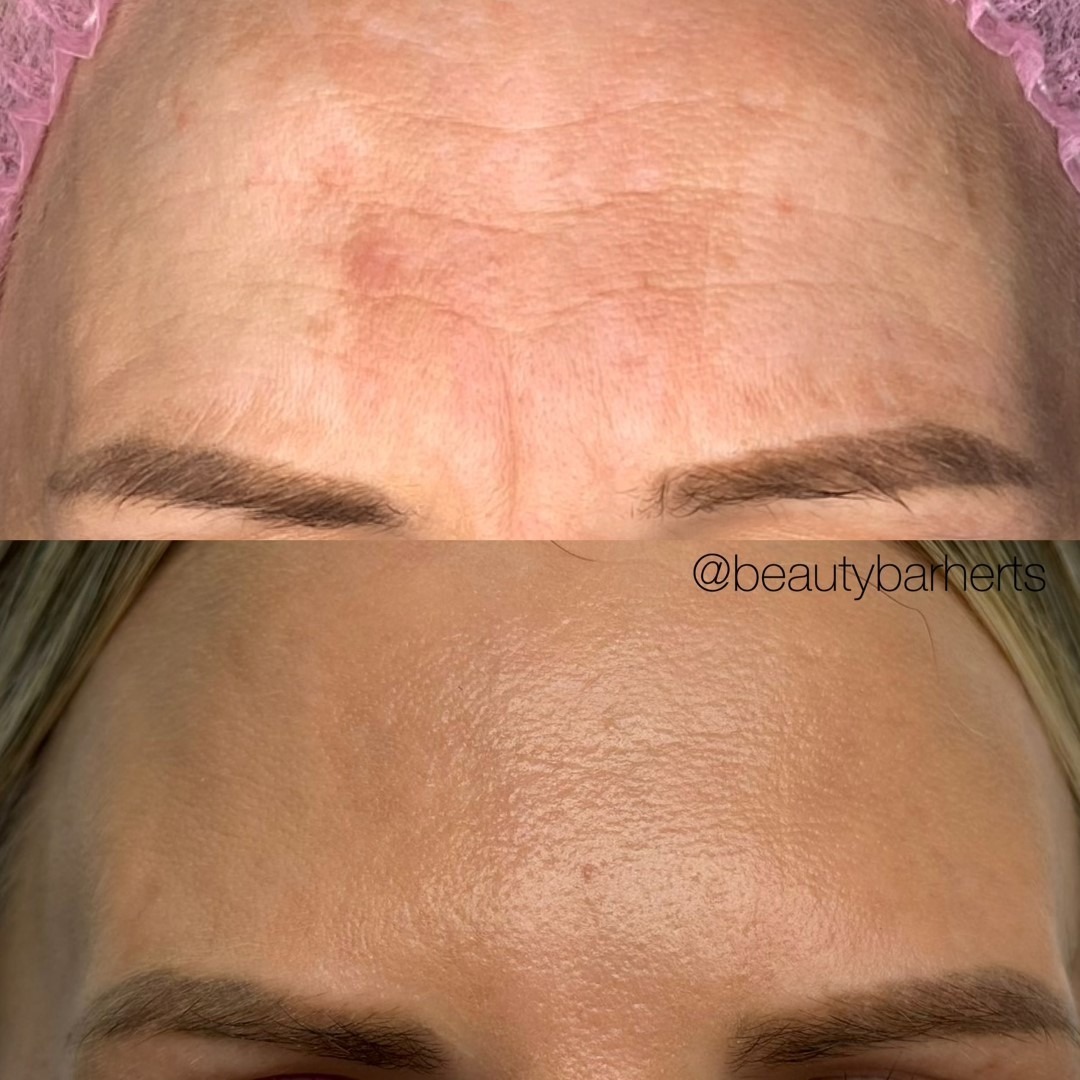

Elastin: The Elastic Fiber That Keeps Our Skin Flexible and Resilient
While collagen provides structural support to our skin, elastin functions as the elastic fiber responsible for its flexibility and resilience.
1. Elastin: Elastin is a specialized protein found in various connective tissues, including the skin. It is responsible for providing elasticity, allowing our skin to stretch and recoil, while maintaining its original shape. Elastin fibers are composed of elastin molecules, they have unique properties that enable them to stretch and return to their original form.
2. Location in the Skin: Elastin is primarily found in the dermis, the second layer of the skin. It is especially abundant in areas that require flexibility, such as the face, neck, and joints. Elastin fibers are intricately woven within the connective tissue, forming a network alongside collagen fibers.
3. Elastic Recoil: One of the key functions of elastin is to ensure the skin’s elastic recoil. Elastin fibers can stretch and elongate as the skin is pulled or stretched, such as during facial expressions or movement. Once the stretching force is released, elastin allows the skin to bounce back and regain its original shape, contributing to a smooth and youthful appearance.
4. Collaborative Relationship with Collagen: Elastin and collagen work together to maintain the overall structure and resilience of the skin. Collagen provides the structural support, while elastin provides the ability to stretch and recoil. These two proteins form a collaborative network, ensuring the skin remains supple, flexible, and resistant to deformation.
5. Aging and Elastin Degradation: Similar to collagen, elastin can also be affected by the aging process. Over time, exposure to environmental factors, such as UV radiation and other external stressors, can lead to elastin loss. This degradation contributes to the loss of skin elasticity, resulting in the appearance of wrinkles, sagging, and a less resilient complexion.
6. Preserving Elastin Health: While the natural aging process impacts elastin to some extent, certain lifestyle choices and protective measures can help preserve its health. Minimizing sun exposure, using sunscreen, maintaining a nutritious diet, and avoiding smoking and other bad habits can help protect elastin fibers from damage and maintain skin elasticity.
Elastin, the elastic fiber found within the dermis, plays a vital role in maintaining the flexibility and resilience of our skin. Collaborating with collagen, elastin ensures the skin’s ability to stretch and recoil. Understanding the science behind elastin allows us to appreciate its significance in maintaining a youthful and lifted complexion. By adopting protective measures and embracing healthy habits, we can cherish the remarkable abilities of elastin, helping our skin retain its natural elasticity and resilience as we age.
The Role of Fibroblasts and the Aging Process
Fibroblasts, often referred to as the architects of the skin, play a crucial role in maintaining its structure, elasticity, and overall health. Understanding how treatments like eg. microneedling and radiofrequency (RF) interact with fibroblasts provides valuable insights into their impact on the aging process.
1. Fibroblasts – The Skin’s Master of Construction: Fibroblasts are key cells found within the connective tissue of the skin, responsible for the production of crucial components such as collagen, elastin, and other extracellular matrix proteins. They are actively involved in maintaining the skin’s structural integrity, texture, and overall health.
2. Role of Fibroblasts in Collagen and Elastin Production: Fibroblasts are central to collagen and elastin synthesis. These remarkable cells play a pivotal role in the production and secretion of both proteins, which are fundamental to maintaining skin elasticity, firmness, and a youthful appearance. Fibroblasts also help regulate the turnover and remodelling of collagen and elastin fibers.
3. Microneedling – Boosts Fibroblast Activity: Microneedling is a minimally invasive treatment that involves creating controlled micro-injuries in the skin using fine needles. These micro-injuries stimulate the skin’s natural healing response, triggering fibroblast activation. Activated fibroblasts release growth factors and initiate collagen synthesis, leading to improved skin texture, reduced scars, and rejuvenation.
4. Radiofrequency (RF) – the Power of Heat: RF treatments use electromagnetic waves to deliver controlled heat energy deep into the skin, targeting specific layers of tissue. The heat generated by RF promotes collagen remodelling and stimulates fibroblast activity. This process leads to the production of new collagen fibers and the tightening of existing collagen, resulting in improved skin tone, texture, and firmness.
5. Aging and Fibroblast Function: Changes in fibroblast function and activity are linked to the aging process. As we age, fibroblast activity decreases, leading to lower collagen and elastin production. This decline contributes to the development of fine lines, wrinkles, sagging skin, and a loss of overall skin elasticity. Stimulating fibroblasts through treatments like microneedling and RF, skin boosters or threads, can help counteract these effects and promote a more youthful appearance.
6. Collagen and Elastin Remodelling: Microneedling, RF, chemical peels, skin boosters and fractional RF treatments work by triggering a healing response that involves fibroblasts. Fibroblasts not only produce new collagen and elastin fibers but also participate in the remodelling of existing fibers. This remodelling process helps improve the strength, organization, and overall quality of collagen and elastin in the skin.
Fibroblasts, the architects of the skin, are integral to maintaining its structure, elasticity, and health. Treatments like microneedling and RF utilise the power of fibroblasts, stimulating their activity and boosting collagen and elastin production. By promoting fibroblast function and collagen remodelling, these treatments effectively combat the effects of aging, improving skin texture, tone, and firmness. Understanding this relationship between fibroblasts, microneedling, RF, and the aging process allows us to appreciate the profound impact these treatments can have on the rejuvenation and preservation of our skin’s timeless beauty. So, let’s embark on a journey towards youthful, radiant, and resilient skin!


Understanding the Science Behind Collagen-Boosting Aesthetic Treatments and the Importance of Repeat Treatment Sessions
Collagen, the key structural protein in our skin, plays a vital role in maintaining its strength, elasticity, and youthful appearance. Aesthetic treatments that aim to boost collagen production have gained popularity in achieving rejuvenation.
Collagen boosting treatments are known for their ability to rejuvenate the skin and address signs of aging. Maintaining regular treatments and completing the recommended course is crucial for maximizing the benefits of these antiaging treatments.
Why these treatments require repeat sessions every four weeks, and why a single treatment may not be sufficient to achieve satisfactory results?
1. Stimulation of Collagen Synthesis: Collagen-boosting aesthetic treatments work by stimulating the body’s natural collagen synthesis process. These treatments include various methods, such as laser resurfacing, microneedling, mesotherapy, skin boosters, chemical peels or radiofrequency therapy. By triggering controlled injury or heat, these treatments stimulate the skin’s healing response, leading to increased collagen production. Regular treatments ensure a continuous stimulation of collagen synthesis, leading to cumulative benefits.
2. Collagen Remodelling Time: Collagen synthesis is a complex process that takes time. After an aesthetic treatment, the body starts a number of biochemical events to repair and rebuild the treated area. It takes several weeks for fibroblast cells in the skin to produce new collagen and for existing collagen fibers to remodel. This remodelling process is crucial for achieving long-lasting results.
3. Maintaining Collagen Activation: Regular treatment intervals keep collagen activation and production levels high. By following the recommended timeframe, you ensure that fibroblasts continuously receive signals to produce collagen. Consistent collagen activation encourages a consistent production and remodelling of collagen fibers, leading to optimal results.
4. Gradual Improvement: Collagen production and remodelling occur gradually over time. While some immediate improvements may be visible after a single treatment, significant and noticeable changes in skin texture, elasticity, and overall appearance generally develop over a series of treatments. Each session builds upon the previous one, allowing for progressive collagen enhancement.
5. Preventing Reversal and Regression: When too long of a gap is left between collagen boosting treatments, the natural progression of collagen synthesis and remodelling can be slowed down. Without regular stimulation, collagen activity decrease, and collagen fibers revert to their previous state. Regular treatments prevent regression, allowing collagen production to progress steadily.
6. Cumulative Effects: The frequency of treatments is carefully determined to ensure optimal collagen stimulation and cumulative effects. While the exact timeframe depends on the specific treatment, scheduling sessions every four weeks allows for sufficient collagen synthesis and remodelling. This gives the skin time to recover and respond to the initial treatment before initiating the next session.
7. Building upon Previous Treatments: Completing a full course of collagen boosting treatments offers cumulative benefits. Each treatment session builds upon the results of the previous one, synergistically enhancing collagen production and remodelling. Regular treatments maximize the positive effects, and allow greater overall improvement in skin texture, tone, and elasticity.
8. Addressing Different Stages of Collagen Synthesis: Collagen synthesis occurs in various stages, including initiation, proliferation, and remodelling. Completing a course of treatments ensures that each stage is adequately addressed. The recommended treatment gaps allow sufficient time for each stage to complete, promoting collagen production, maturation, and remodelling for optimal and long-lasting results.
9. Impact on Collagen Formation: Several things can influence collagen formation. Factors such as an individual’s age, overall health, lifestyle habits, and environmental factors can affect the speed and efficacy of collagen production. Additionally, the severity of skin concerns and desired outcomes also play a role in determining the number and frequency of treatments needed to achieve satisfactory results.
Regularity and completion of a full course of treatments optimize the chances of achieving desired results by providing a consistent collagen boosting stimulus.
Maintaining regular space between treatments and completing a full course, reassures that the full potential is achieved. By stimulating collagen synthesis, maintaining collagen activation, preventing reversal, and building upon previous treatments, offer cumulative benefits.
Collagen-boosting aesthetic treatments require repeat sessions every four weeks to achieve satisfactory results due to the science behind collagen synthesis and remodelling. By allowing sufficient time for collagen production and remodelling to occur, multiple treatments build upon each other, leading to progressive improvement in skin texture, elasticity, and appearance. It is through this scientifically informed approach that you can experience the long-lasting benefits of collagen-boosting aesthetic treatments. So, take the journey towards rejuvenation with patience and confidence, knowing that the carefully spaced sessions work in harmony with your body’s remarkable capacity for collagen enhancement.
Skin Aging Process FAQ's
What causes skin to age?
Skin aging is a complex process influenced by various factors.
Intrinsic Aging: This refers to natural aging that occurs over time due to genetic factors and chronological aging. Intrinsic aging leads to a decrease in the production of collagen and elastin, which are essential proteins for maintaining skin elasticity, and resulting in sagging skin and fine lines.
Extrinsic Aging: Also known as external aging. This is caused by external factors in the environment. The primary extrinsic factor is prolonged exposure to ultraviolet (UV) radiation from the sun. UV radiation damages collagen and elastin fibers, accelerates the breakdown of vitamin A, and increases the production of harmful free radicals in the skin.
Lifestyle Factors: Unhealthy lifestyle habits can contribute to premature aging of the skin. Smoking and excessive alcohol consumption can damage blood vessels, reduce oxygen supply to the skin, and decrease collagen production. Poor nutrition, inadequate hydration, lack of exercise, and chronic stress can also affect skin health and contribute to aging.
Environmental Factors: Environmental pollutants, such as air pollution and particulate matter, can have detrimental effects on the skin. These pollutants generate free radicals, trigger inflammation, and increase oxidative stress, leading to skin damage and accelerated aging.
Hormonal Changes: Hormonal fluctuations during menopause can contribute to skin aging. The drop in estrogen levels reduces collagen synthesis, leading to dryness, thinning of the skin, and increased wrinkle formation.
Facial Expressions: Repeated facial expressions, such as frowning or squinting, can cause fine lines and wrinkles over time. These lines become more apparent as the skin loses its elasticity and natural collagen support.
It is important to note that while aging is a natural process, certain preventive measures like wearing sunscreen, maintaining a healthy lifestyle, professional skin treatments and using skincare products with antioxidants can help slow down the skin aging process.


How does sun exposure affect skin aging?
Sun exposure plays a significant role in skin aging.
1. Ultraviolet (UV) Radiation: The sun emits different types of UV radiation, primarily UVA and UVB. UVA rays penetrate deep into the skin, damaging collagen and elastin fibers, which are crucial for maintaining skin elasticity and firmness. UVB rays affect the outer layers of the skin, causing sunburns. Both UVA and UVB rays generate free radicals that contribute to oxidative stress and cellular damage.
2. Collagen Degradation: UV radiation accelerates the breakdown of collagen, a protein responsible for providing structural support to the skin. Over time, the repeated exposure to UV radiation leads to a reduction in collagen production and an increase in the activity of enzymes that break down collagen, resulting in the appearance of wrinkles, fine lines, and sagging skin.
3. Elastin Degradation: UV radiation also affects elastin, a protein that allows the skin to stretch and snap back into place. Elastin fibers are responsible for giving the skin its elasticity. With prolonged sun exposure, the elastin fibers in the skin become damaged, causing the skin to lose its ability to bounce back, leading to the formation of wrinkles, sagging, and leathery texture.
4. Pigmentation Changes: Sun exposure can also lead to localized increase or irregular distribution of melanin, the pigment responsible for skin colour. This uneven pigmentation can result in the formation of age spots, freckles, and other hyperpigmentation issues.
5. DNA Damage: UV radiation causes direct damage to the DNA within skin cells. Over time, this DNA damage can lead to mutations and genetic abnormalities. The body’s natural defense mechanisms against these DNA damages become less efficient with age, leading to potential skin cancers.
It’s important to note that the effects of sun exposure on skin aging are cumulative. This means that even minimal exposure to UV radiation over an extended period can contribute to premature skin aging and increase the risk of skin cancer. Therefore, adopting sun protection measures such as using broad-spectrum sunscreen, wearing protective clothing, and seeking shade during peak sun hours are crucial in preventing photoaging and maintaining skin health.
What role do genetics play in skin aging?
Genetics play a significant role in skin aging, and scientific research has uncovered several genetic factors that influence the process.
1. Natural Aging Factors: Intrinsic or natural aging refers to the genetic factors that determine how our skin ages over time. Studies have identified specific genes that regulate the production of collagen, elastin, and other structural proteins in the skin. Genetic variations in these genes can affect the rate at which these proteins are produced, leading to differences in skin elasticity, firmness, and the appearance of wrinkles and fine lines.
2. Skin Barrier Function: The skin acts as a barrier to protect against external environmental factors. Genetic variations can influence the integrity and effectiveness of this barrier function. Some individuals may have a genetically weaker skin barrier, making their skin more susceptible to damage from UV radiation, pollution, and other external factors, potentially accelerating the aging process.
3. Inflammation and Oxidative Stress: Genetic factors can influence the body’s response to inflammation and oxidative stress, both of which contribute to skin aging. Variations in genes involved in immune responses, antioxidant defence systems, and DNA repair mechanisms can affect the skin’s ability to combat and repair damage caused by inflammation and oxidative stress.
4. Skin Pigmentation: Genetic variations determine the amount, distribution, and type of melanin pigment in the skin. Melanin protects the skin from harmful UV radiation by absorbing and scattering UV rays. People with genetically higher levels of melanin tend to have a greater protection against UV-induced skin damage, which can slow down the aging process. However, genetic variations can also make certain individuals more prone to develop certain types of hyperpigmentation or uneven skin tone.
While genetics play a role in skin aging, it’s important to note that environmental and lifestyle factors also contribute to the process. These factors, such as chronic sun exposure, smoking, and poor nutrition, can exacerbate the effects of genetic predispositions. Adopting a comprehensive approach to skin care, including healthy lifestyle choices and regular sun protection measures, can help optimize skin health regardless of genetic factors.
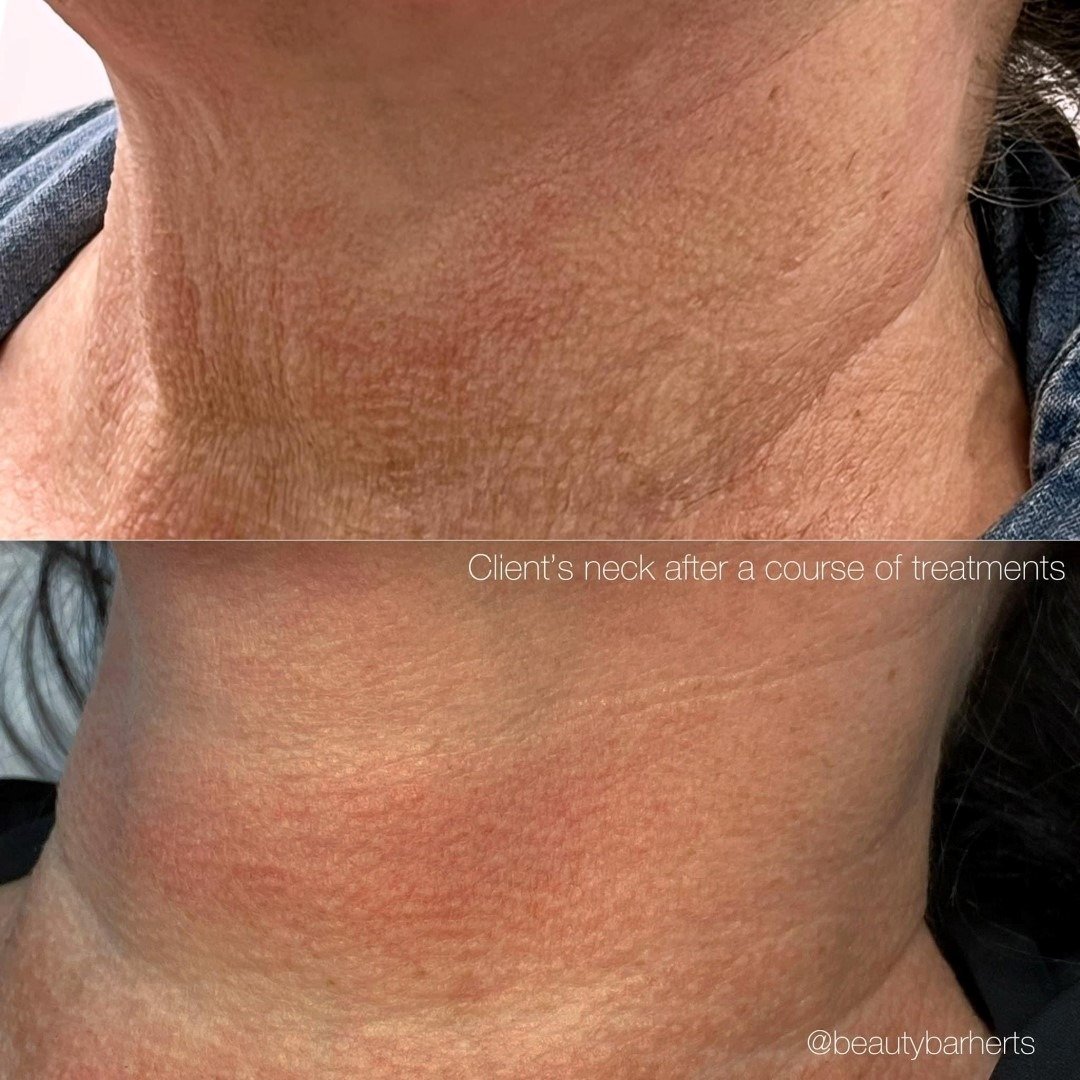
How does skincare routine impact the aging process?
Skincare routines can play a significant role in impacting the aging process of our skin. The understanding of how skincare affects aging is still evolving.
1. Protection against UV radiation: One of the most crucial aspects of any skincare routine is sun protection. Unprotected sun exposure can lead to premature aging, including the formation of wrinkles, dark spots, and loss of elasticity. Regular use of broad-spectrum sunscreen, protective clothing, and seeking shade can help minimize these effects.
2. Moisturising and hydration: As we age, our skin tends to lose moisture and become drier, which can increase the appearance of wrinkles and fine lines. Applying moisturisers can help improve hydration, promote a healthy skin barrier function, and potentially reduce the signs of aging.
3. Collagen production: Collagen naturally decreases with age. Skincare products containing retinoids, peptides, or certain vitamins (like vitamin C) stimulate collagen production, thereby improving the overall appearance and firmness of the skin.
4. Antioxidant protection: Environmental factors, such as pollution and free radicals, can contribute to skin damage and aging process. Skincare products containing antioxidants like vitamins A, C, and E or botanical extracts can help neutralize free radicals and reduce oxidative stress, potentially preventing some of the age-associated damage.
Starting a skincare routine from an early age and as a preventative measure is highly recommended. Doing so can provide a solid foundation for maintaining healthier skin, as well as potentially minimizing the cumulative effects of external factors that contribute to aging. However, it’s important to note that individual factors, genetics, lifestyle choices, and other environmental influences also play a role in the aging process.
What are the common signs of aging skin?
1. Wrinkles: Fine lines and wrinkles are characteristic signs of aging skin. These occur due to a combination of factors, including decreased collagen production, loss of skin elasticity, and repetitive facial expressions over time.
2. Skin sagging: As we age, the supportive tissues in our skin, such as collagen and elastin fibers, gradually weaken. This can lead to sagging skin, particularly in areas such as the cheeks, jawline, and neck.
3. Dryness and roughness: Aging skin tends to become drier and rougher due to a decline in natural oil production and a decrease in the skin’s ability to retain moisture. This can make the skin appear dull and less supple.
4. Age spots and pigmentation changes: Over time, accumulated sun exposure and other environmental factors can cause uneven distribution of melanin, resulting in the formation of age spots, freckles, and other pigmentation irregularities.
5. Thinning of the skin: Aging skin tends to become thinner due to a decrease in the production of collagen and elastin fibers. Thinner skin is more prone to damage and can appear translucent or fragile.
6. Uneven skin tone and texture: With age, the skin’s ability to regenerate and repair itself slows down, leading to a more uneven skin tone and a rougher texture. This can make the skin look less smooth.
While these signs are a natural part of the aging process, adopting a consistent skincare routine, professional skin treatments that boost collagen production and moisture, protecting the skin from sun damage, and leading a healthy lifestyle can help minimize their impact and keep the skin looking its best.

Can smoking accelerate the aging process of the skin?
Yes, smoking can accelerate the aging process of the skin. Numerous scientific studies have shown a strong association between smoking and various detrimental effects on the skin’s health and appearance.
Wrinkles and fine lines: Smoking has been linked to the development of premature facial wrinkling and fine lines. The toxins in cigarette smoke can constrict blood vessels and reduce blood flow to the skin, thereby impairing the delivery of oxygen and nutrients essential for maintaining healthy skin.
Reduced collagen production: Collagen is a protein that provides structural support and elasticity to the skin. Smoking has been found to decrease collagen production, leading to a loss of skin firmness and increased susceptibility to wrinkling.
Skin discoloration and uneven tone: Smoking can cause the skin to develop a dull, uneven complexion. The chemicals in tobacco smoke can disrupt melanin production, resulting in an uneven distribution of pigment and contributing to the appearance of a sallow, aged complexion.
Delayed wound healing: Smoking slows down the process of wound healing, including skin injuries and after surgical treatments. Nicotine and other chemicals in cigarette smoke can impair blood flow, reduce oxygenation, and weaken the immune response necessary for proper healing.
Increased risk of skin cancers: Smoking is associated with a higher risk of various types of skin cancer, including squamous cell carcinoma and malignant melanoma. The toxins in tobacco smoke can directly damage DNA and impair the body’s natural defences against cancerous cell growth.
It’s important to note that the extent of these effects can vary depending on factors such as the duration and intensity of smoking, as well as individual differences. However, quitting smoking can have significant benefits for the health and appearance of the skin. The sooner one quits smoking, the greater the chances of restoring some of the skin’s natural resilience and reducing the visible signs of aging.
Are there any lifestyle habits that can promote healthy, youthful-looking skin?
Yes, certain lifestyle habits can promote healthy, youthful-looking skin.
Sun protection: Regularly protecting your skin from the harmful effects of ultraviolet (UV) radiation is crucial for maintaining youthful-looking skin. UV rays can cause premature aging, wrinkles, and increase the risk of skin cancer. Use broad-spectrum sunscreen, wear protective clothing, seek shade, and avoid excessive sun exposure, especially during peak hours.
Balanced diet: A balanced and nutritious diet plays a vital role in overall skin health. Consuming a variety of fruits, vegetables, whole grains, lean proteins, and healthy fats can provide essential vitamins, minerals, and antioxidants that support skin health. Some nutrients, such as vitamins A, C, E, and omega-3 fatty acids, have been associated with skin rejuvenation and protection against damage.
Proper hydration: Drinking an adequate amount of water helps maintain skin hydration and elasticity. Although individual water needs vary, aim to drink enough water throughout the day to stay hydrated, as it can contribute to healthier-looking skin.
Regular exercise: Engaging in regular physical activity promotes healthy blood circulation, which can nourish your skin cells and help flush out toxins. Exercise also aids in reducing stress levels, which can have a positive impact on skin health.
Adequate sleep: Getting enough quality sleep is essential for maintaining healthy skin. During sleep, the body repairs and regenerates tissues, including the skin. Aim for 7-9 hours of uninterrupted sleep each night to support optimal skin health.
Stress management: Chronic stress can contribute to various skin issues, including inflammation, acne, and accelerated aging. Adopting stress management techniques like exercise, meditation, deep breathing exercises, and engaging in hobbies can help minimize its impact on the skin.
Avoid smoking and limit alcohol consumption: Smoking and excessive alcohol consumption can have detrimental effects on the skin, contributing to premature aging, wrinkles, and skin damage. Quitting smoking and moderating alcohol intake can promote healthier and more youthful-looking skin.
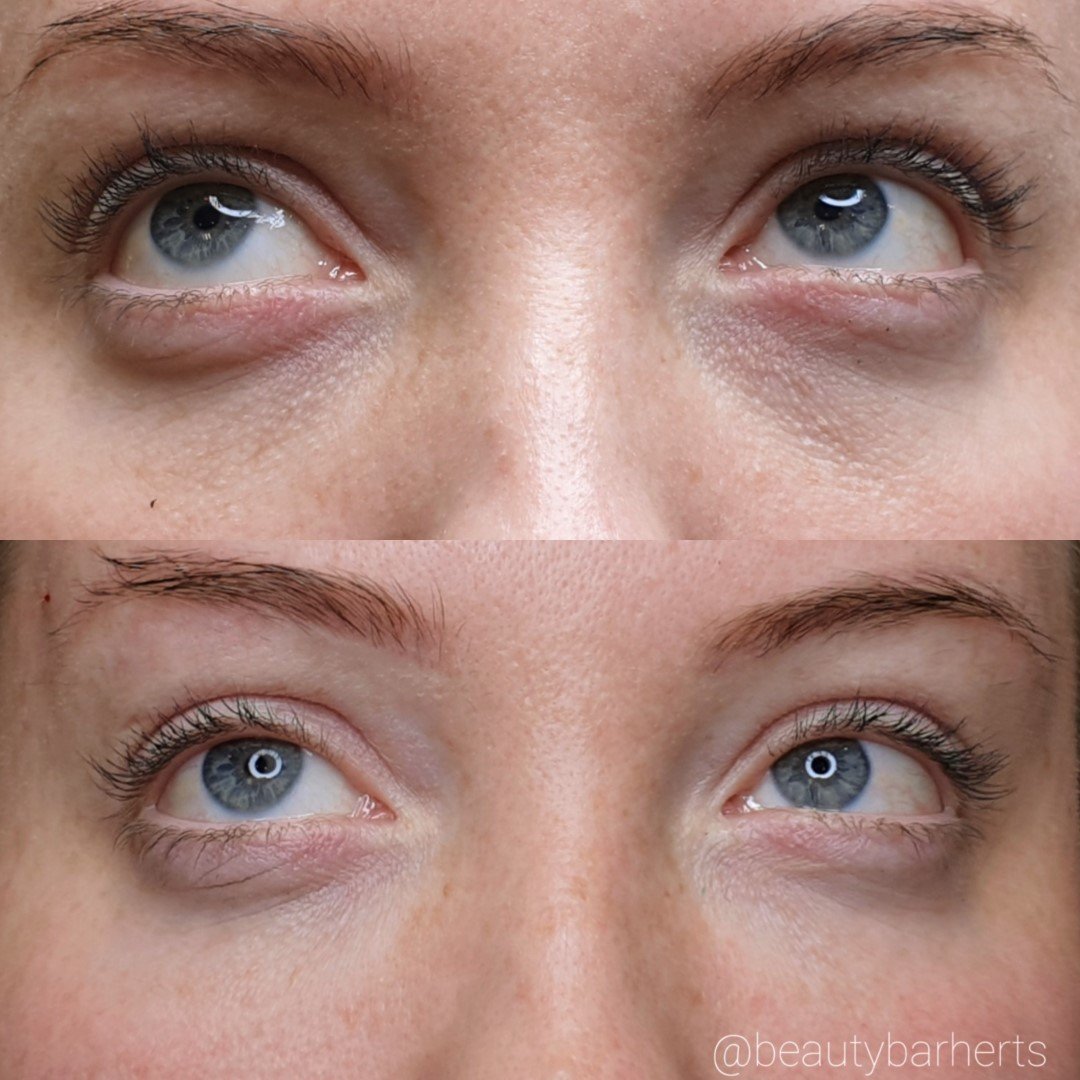
Are there any non-invasive treatments available to address signs of aging?
There are several non-invasive treatments available to address signs of aging.
Topical Retinoids: Retinoids, such as retinol or prescription-strength retinoids like tretinoin, are derived from vitamin A. They have been proven effective in reducing fine lines, wrinkles, and improving skin texture.
Chemical Peels: Chemical peels like TCA Biorepeel Cl3 involve the application of a chemical solution to exfoliate the outer layer of the skin, promoting the growth of new, healthier skin cells. They can help reduce the appearance of fine lines, wrinkles, and uneven pigmentation, also boost collagen production in the skin.
Laser Skin Resurfacing: Laser treatments, such as fractional laser resurfacing, can stimulate collagen production and target specific areas of concern. They are effective in reducing wrinkles, improving skin tone and texture, and addressing age spots.
Dermal Fillers: Dermal fillers consist of substances like hyaluronic acid that are injected into the skin to restore volume, smooth fine lines and wrinkles, and improve facial contours. They provide temporary results and can be tailored to individual needs.
Anti wrinkle treatments: Anti wrinkle treatment is injected into specific muscles to temporarily relax them. It helps reduce the appearance of dynamic wrinkles (caused by muscle contractions) such as crow’s feet and forehead lines.
Microneedling: Microneedling, also known as collagen induction therapy, involves using a device with tiny needles to create controlled micro-injuries in the skin. This stimulates the production of collagen and elastin, leading to improved skin texture, diminished fine lines, and a more youthful appearance. Microneedling boosts collagen production in the skin.
Profhilo: Profhilo is a type of injectable treatment that contains a high concentration of hyaluronic acid. It is designed to provide deep hydration to the skin and boost collagen and elastin production. Profhilo can help improve skin quality, provide a natural glow, and reduce the appearance of fine lines.
Skin Boosters: Skin boosters are injectable treatments that typically contain hyaluronic acid, polinucleotides, and other beneficial ingredients. They work by providing intense hydration to the skin while stimulating collagen production. Skin boosters can improve overall skin texture, enhance elasticity, and give a radiant and rejuvenated look.
Both Profhilo and skin boosters are often used to target specific areas like the face, neck, hands, and décolletage.
RF needling: RF Needling, also known as fractional radiofrequency (RF) microneedling, is another non-invasive treatment option for addressing signs of aging. It combines the principles of microneedling and radiofrequency energy. During the procedure, tiny insulated needles create controlled micro-injuries in the skin while delivering radiofrequency energy to the deeper layers. This combination stimulates collagen production, tightens the skin, and improves overall skin texture.
RF needling can effectively address concerns such as fine lines, wrinkles, sagging skin, and uneven skin tone. It helps to firm and tighten the skin while promoting a more youthful and rejuvenated appearance.
It’s important to note that while these treatments can be effective in addressing signs of aging, individual results may vary.
What preventive measures can be taken to slow down skin aging?
Taking preventive measures early can help slow down the visible signs of skin aging. It’s important to keep in mind that prevention should ideally begin in the 20s or 30s to be most effective.
Sun Protection: One of the most crucial preventive measures is protecting your skin from the harmful effects of the sun. Ultraviolet (UV) radiation is a major contributor to premature skin aging. Use broad-spectrum sunscreen with SPF 30 or higher, seek shade when the sun is strongest, and wear protective clothing, hats, and sunglasses.
Avoid Smoking: Smoking accelerates skin aging by causing damage to collagen and elastin fibers. It also constricts blood vessels, impairing proper oxygen and nutrient supply to the skin. Quitting smoking or never starting can help slow down skin aging.
Maintain a Healthy Diet: Consuming a well-balanced diet rich in antioxidants, vitamins, minerals, and healthy fats can support skin health and slow down aging. Include fruits, vegetables, whole grains, lean proteins, and omega-3 fatty acids in your diet.
Stay Hydrated: Proper hydration is essential for maintaining optimal skin health. Drink an adequate amount of water each day to keep your skin hydrated and support its natural functions.
Gentle Skincare Routine: Establish a gentle skincare routine that includes cleansing, moisturizing, and exfoliating to keep your skin clean, hydrated, and free from impurities. Avoid harsh products that can strip away natural oils and compromise the skin barrier.
Manage Stress: Chronic stress can contribute to raised cortisol and skin aging. Adopt stress management techniques like exercise, meditation, and finding healthy outlets for relaxation.
Get Sufficient Sleep: Quality sleep is crucial for skin regeneration and repair. Aim for around 8 hours of uninterrupted sleep per night to support optimal skin health.
Avoid Excessive Alcohol Consumption: Excessive alcohol consumption can dehydrate the skin and contribute to inflammation, leading to premature aging. Practice moderation when it comes to alcohol.
Skin Treatments: Starting anti-aging treatments in the early 30s can be beneficial as it allows for the stimulation of collagen production and the maintenance of healthy skin. Collagen production tends to decline with age, so initiating treatments earlier can help combat this natural slowdown.
Varying Treatment Approaches: It is recommended to change treatment approaches periodically to target different aspects of skin aging. For example, you can consider a course of chemical peels one year to address texture, pigmentation, and fine lines, and then opt for sessions of microneedling the next year to stimulate collagen and improve overall skin quality. This variation can provide comprehensive skin rejuvenation.
Post-Holiday and Excessive Tanning Boost: After periods of holidays or excessive tanning, it’s beneficial to give the skin a boost to help combat the damage caused by UV exposure. Treatments such as hydrating mesotherapy and skin boosters, gentle chemical peels, or antioxidant-rich treatments can help replenish the skin and counteract the effects of sun damage.
As always, it is advisable to consult with a skincare professional for personalized recommendations based on your specific needs, skin condition, and treatment preferences. They can guide you on the most suitable treatment plan and frequency to achieve your desired results while considering factors such as skin sensitivity and individual response to treatments.
Remember, while these preventive measures can slow down skin aging, individual results may vary.


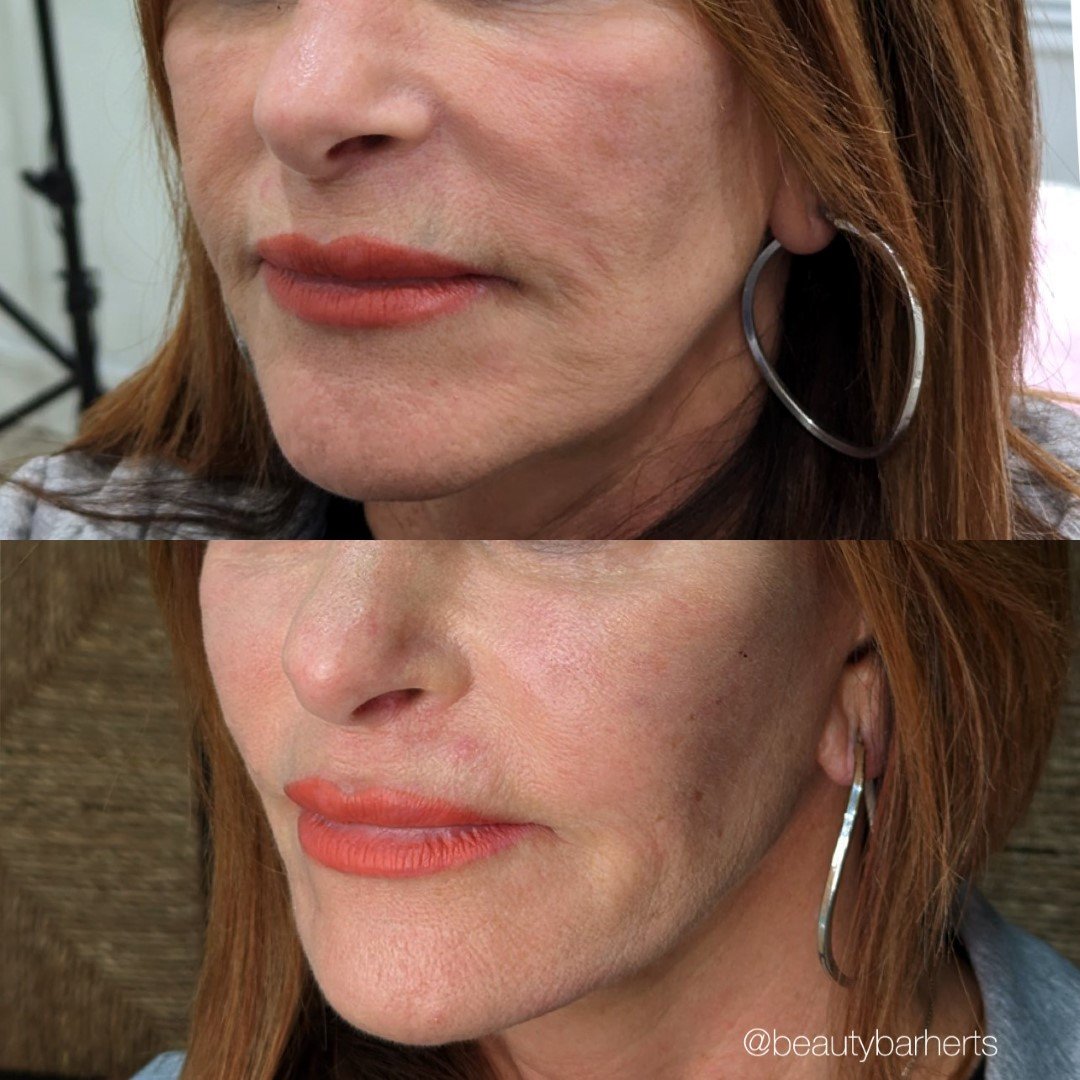
Can diet and nutrition affect skin aging?
Yes, diet and nutrition can indeed affect skin aging. Certain nutrients play a crucial role in collagen production, which is essential for maintaining healthy and youthful-looking skin.
Vitamin C: This vitamin is a vital component in collagen production. It helps form collagen fibers and also acts as an antioxidant, protecting the skin from oxidative stress.
Citrus fruits: Oranges, lemons, grapefruits, and limes are excellent sources of vitamin C.
Berries: Strawberries, blueberries, raspberries, and blackberries all contain vitamin C.
Kiwi: This tropical fruit is rich in vitamin C.
Papaya: It is a fruit known for its high vitamin C content.
Guava: Another tropical fruit that is a good source of vitamin C.
Bell peppers: Red, yellow, and green bell peppers are all rich in vitamin C.
Leafy greens: Vegetables like spinach, kale, and Swiss chard contain vitamin C.
Tomatoes: These fruits are not only a source of vitamin C but also lycopene, another beneficial antioxidant.
Broccoli: This cruciferous vegetable is a good source of vitamin C.
Mango: Besides being delicious, mangoes also provide a good amount of vitamin C.
Amino Acids: Specific amino acids, such as proline and glycine, are essential for collagen synthesis. They provide the building blocks needed for collagen formation.
Animal-based protein sources: Meat, poultry, fish, eggs, and dairy products like milk, cheese, and yogurt are rich sources of amino acids.
Legumes: Beans, lentils, chickpeas, and other legumes are good sources of amino acids, particularly for individuals following a vegetarian or vegan diet.
Nuts and seeds: Almonds, walnuts, peanuts, sunflower seeds, chia seeds, and flaxseeds are examples of nuts and seeds that provide amino acids.
Quinoa: This grain-like seed is unique in that it contains all nine essential amino acids, making it a complete protein source.
Soy products: Foods such as tofu, tempeh, and edamame are derived from soybeans and are excellent sources of amino acids.
Dairy products: Milk, yogurt, cheese, and other dairy products contain amino acids, particularly the essential amino acid called leucine.
Grains: While not as rich in amino acids as animal-based proteins or legumes, grains like rice, oats, wheat, and corn do contribute to overall amino acid intake.
Seaweed: Certain types of seaweed, such as spirulina and nori, are considered complete proteins and provide a good amount of amino acids.
Zinc: This mineral is involved in the synthesis of collagen and also aids in tissue repair and renewal. It promotes wound healing and supports overall skin health.
Meat: Beef, lamb, pork, and poultry (such as chicken and turkey) are good sources of zinc, particularly red meat.
Seafood: Oysters are one of the richest sources of zinc. Other seafood options like crab, lobster, and shrimp also contain notable amounts of zinc.
Legumes: Beans, lentils, chickpeas, and other legumes provide zinc, making them suitable options for vegetarians and vegans.
Nuts and seeds: Pumpkin seeds, sesame seeds, flaxseeds, and cashews contain zinc.
Whole grains: Foods like wheat germ, quinoa, oats, and brown rice contain modest amounts of zinc.
Dairy products: Milk, cheese, and yogurt, particularly those that are fortified, can contribute to zinc intake.
Eggs: Egg yolks contain a small amount of zinc.
Dark chocolate: Cocoa and dark chocolate, in moderate amounts, can provide some zinc.
Vegetables: Some vegetables like spinach, kale, mushrooms, and peas contain zinc, although in smaller quantities compared to other sources.
Antioxidants: Antioxidants like vitamins A, E, and beta-carotene help protect the skin from free radicals – unstable molecules that can damage collagen and cause premature aging. They also help maintain the elasticity and firmness of the skin.
Berries: Blueberries, strawberries, raspberries, and blackberries are potent sources of antioxidants, including anthocyanins.
Dark chocolate: Cocoa beans used to make dark chocolate contain flavonoids with antioxidant properties.
Nuts: Almonds, walnuts, and pecans are known for their antioxidant content and provide healthy fats.
Green leafy vegetables: Spinach, kale, Swiss chard, and broccoli are packed with antioxidants such as vitamins C, E, and K, and carotenoids.
Colorful fruits: Fruits like oranges, lemons, grapes, kiwis, and pomegranates are rich in antioxidants, including vitamin C and various flavonoids.
Red and purple grapes: Grapes, particularly red and purple varieties, contain resveratrol, a powerful antioxidant.
Citrus fruits: Oranges, lemons, grapefruits, and limes are excellent sources of vitamin C, a potent antioxidant.
Cruciferous vegetables: Vegetables like cauliflower, cabbage, Brussels sprouts, and broccoli are rich in antioxidants and sulphur compounds.
Green tea: Green tea contains polyphenols, which have potent antioxidant properties.
Spices: Turmeric, cinnamon, cloves, and ginger are examples of spices that contain antioxidants.
Additional nutrients that can support skin health include:
Omega-3 fatty acids: Found in fatty fish, chia seeds, and walnuts, they help maintain skin elasticity and reduce inflammation.
Astaxanthin: A powerful antioxidant found in seafood, it has been shown to improve skin elasticity and reduce signs of aging.
Broccoli extract: Rich in vitamins C and E, as well as antioxidants, broccoli extract can help support collagen production and protect against skin damage.
Remember that while incorporating these nutrients into your diet can be beneficial, a balanced and varied diet is key for overall skin and health wellness.
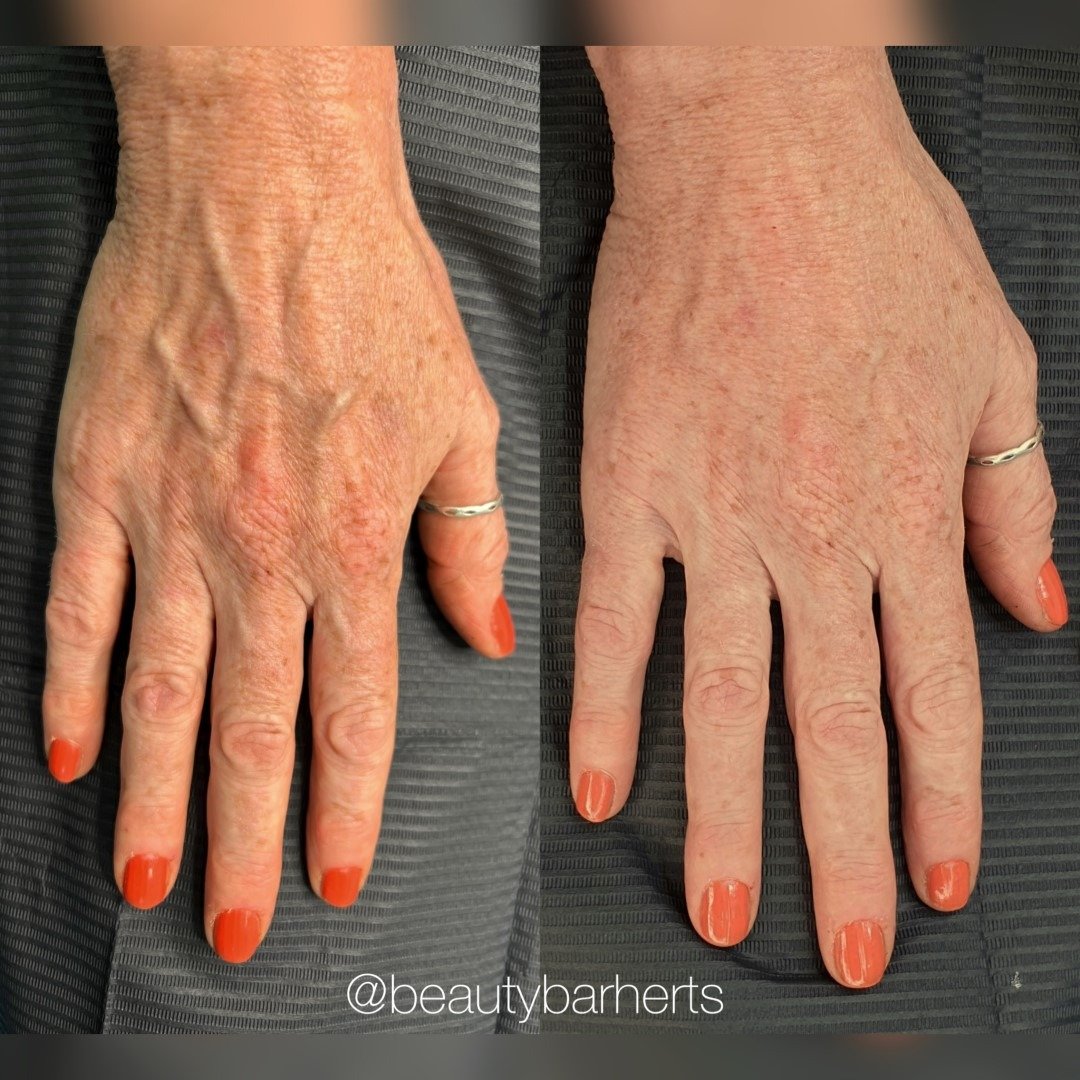
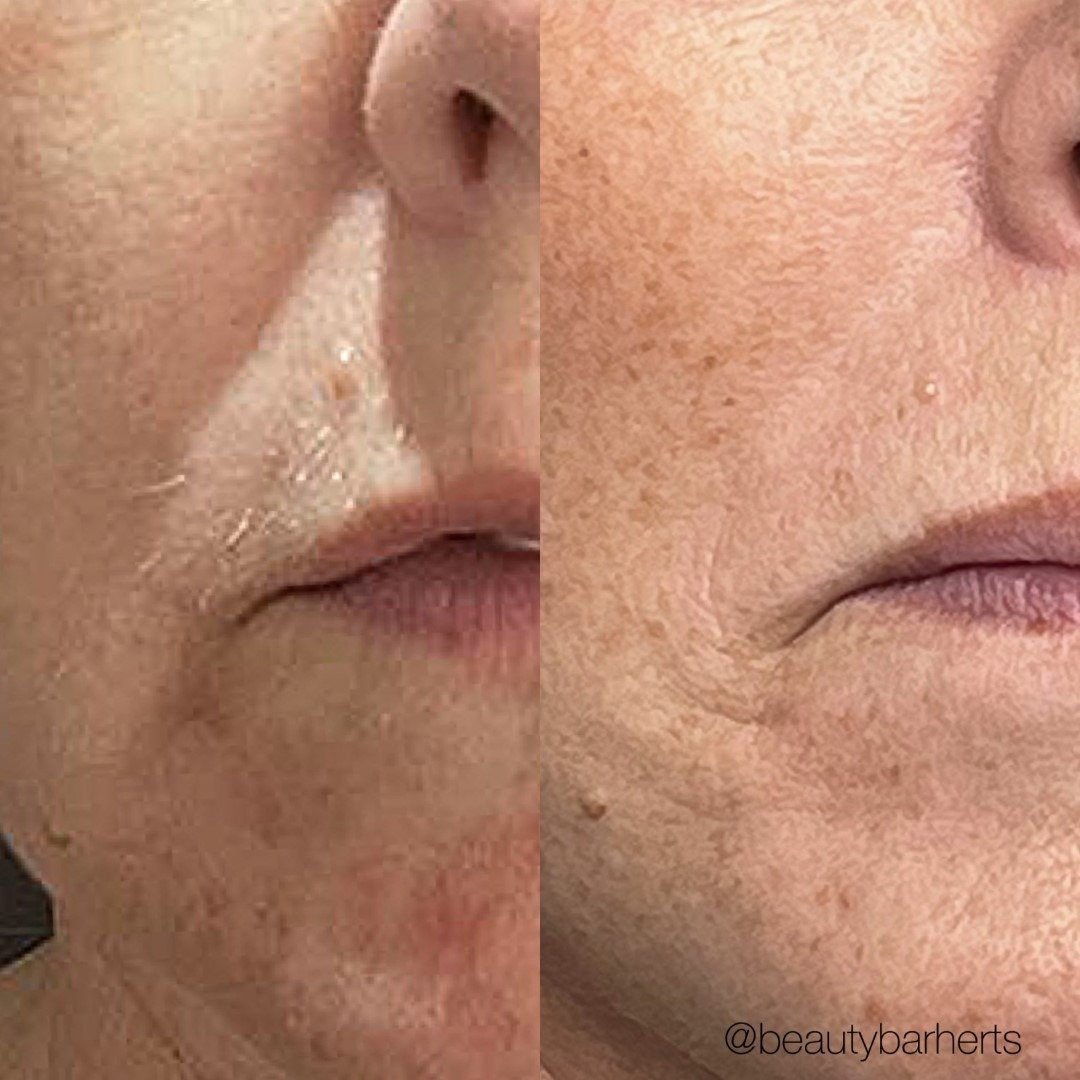
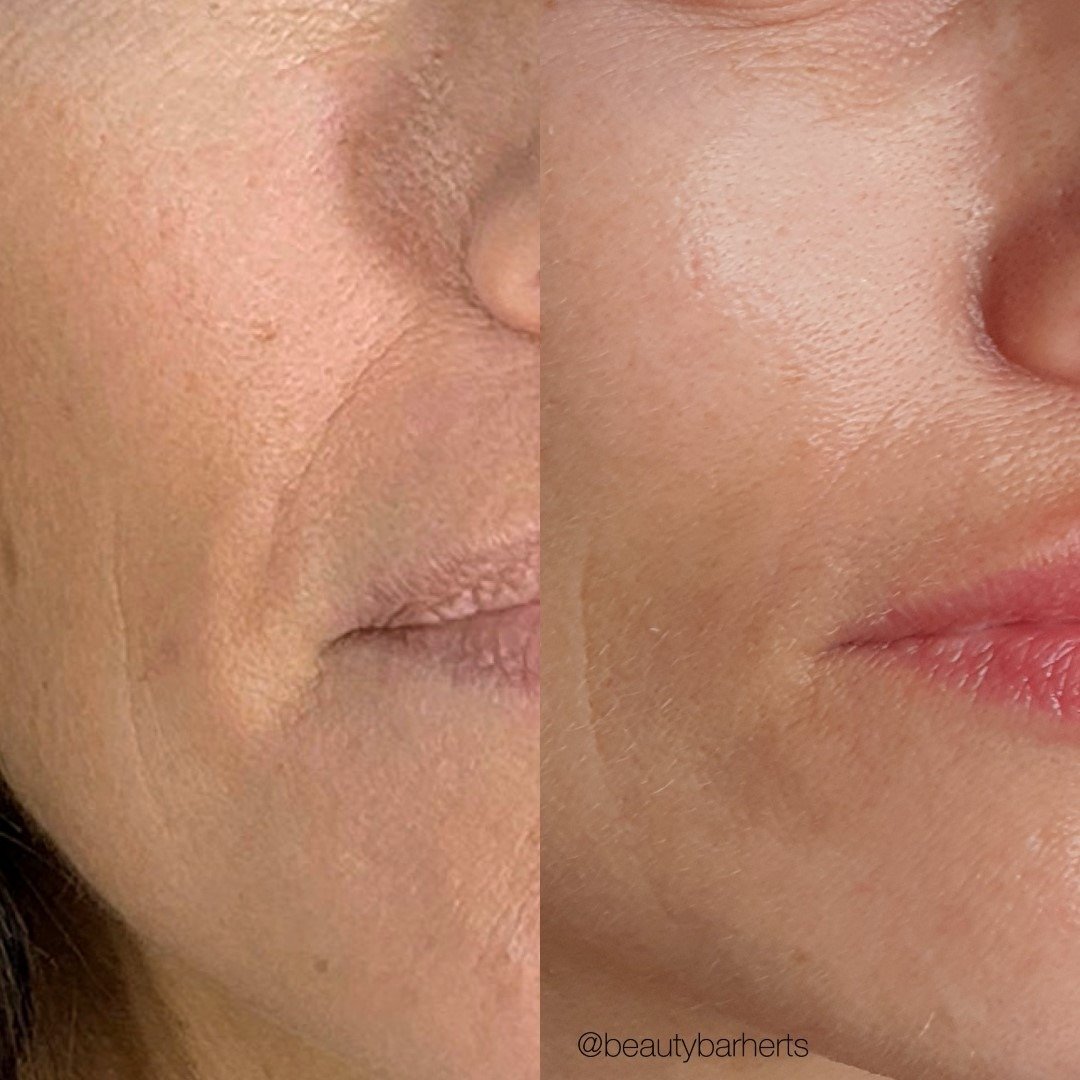
Skin Aging Treatments
Contact us and take your first step by booking your anti aging treatments.
